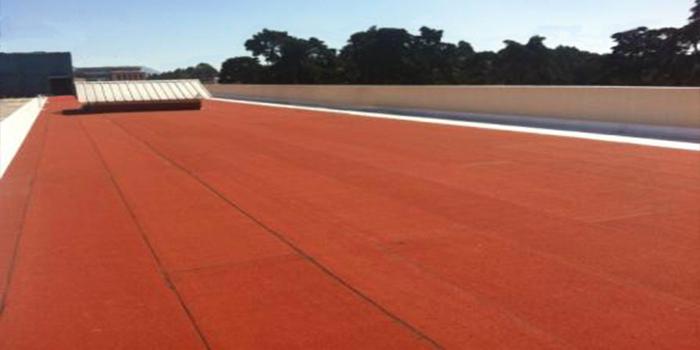 This class of coatings are formulated with different characteristics according to the need. Let's know some examples and their properties.
This class of coatings are formulated with different characteristics according to the need. Let's know some examples and their properties.
by Eng. Orietta León, Lic. David Millán*
A waterproof material is one that prevents the passage of water, for example, filtration of rain and groundwater. Or a substrate that preferably absorbs no more than 2.5% moisture from a control sample. Concrete structures and other infrastructure undergo degradation during their useful life, usually due to the passage of water. This is manifested in corrosion of the reinforcement followed by permeability to chlorides, acid attack and other chemical compounds [1].
Although concrete is basically water resistant, variations in the mix of ingredients to prepare concrete can affect the degree of water resistance and porosity of concrete. This happens because there is a network of pores and capillaries in the concrete that allows the entry of potentially dangerous substances that lead the material to deterioration. Therefore, the relationship between the environment and the elements of concrete determines its durability. [ 2]
A large amount of resources have been used in the rehabilitation of infrastructure due to durability problems. For example, in Europe and particularly in Italy moisture-related faults have been found on the facades of high-rise buildings built within five years [3]. The cost of repairing the facades of buildings due to humidity problems was 55.6% of the total cost of construction [4].
The ingress of water and other aggressive materials within marine structures affects their service life. Structures located near water tables or exposed to an environment with relatively high humidity are prone to water ingress. Traditionally, traditional detection and control methods are time-consuming, consequently, infiltration problems remain unresolved. Variation in temperature and humidity of the environment along with other factors are known to cause cracks in road pavement and bridge buildings [5].
A study revealed the presence of visible moisture, mold and odor growth on the inside of several infrastructures built in Finland [6]. The same study shows that the crystallization of salt due to water permeation in underground structures leads to the degradation of such infrastructures.
Some coatings can be used as waterproofing and thus control the ingress of water. They can be used in old or new structures and for repair objects. Additionally, a polymer layer can be inserted between the concrete platform and the asphalt coating of the concrete to reduce water penetration. In addition, cement can be modified with supplementary surface treatment materials to improve the water-resistant properties of concrete. The service environment, the type of concrete (substrate in question), costs and long-term efficiency are important factors that must be taken into account when choosing a product that will be used as a waterproofing material [7].
Waterproofing materials have been used waterproof membranes, surface coatings and waterproofing agents such as polymers, concrete/mortar modified by pore blockers, silicones and penetration of line tracers to increase the life of the infrastructure. Among all of them, surface coatings are the most used [8].
In the market we find a variety of waterproofing coatings, among them the most common are asphalt waterproofing systems, epoxy resins, polyurethanes, acrylic resins either solvent-based or water-based. These coatings must have high viscosity, excellent adhesion to the substrate, excellent elongation properties, resistance to aging and UV rays. Water-based coating systems are ideal for use on roofs and rooftops, temperate or hot climates. Cement coatings and prefabricated asphalt systems are also widely used [9].
Polyurethane and epoxy resins have better behavior of water absorption resistance, chloride permeability and diffusion as well as chemical attack compared to other waterproofing coating materials [10].
As for current acrylic waterproofing, some require a reinforcement fabric prior to the application of the acrylic waterproofing material, requiring greater application time and specialized labor, which makes the product more expensive. All known acrylic waterproofing materials consist of compositions of water-based elastomeric acrylic waterproofing that can be fibered or not, that is, they contain or not reinforcing fibers such as (acrylic fibers, polyester, polypropylene, nylon, cellulose, glass. These acrylic waterproofing are liquids that only until their application form a continuous waterproof film [11].
Currently, we find in specialized commercial houses prefabricated water-based acrylic systems. This is structurally resistant, durable, with high waterproof and ecological capacity as well as being lightweight, easy and quick application. It is worth mentioning that the product is of constant thickness before, during and after its application. The prefabricated water-based acrylic waterproofing consists of a substrate to give it a continuous structure where a first layer of the product will be applied and at least a second layer of the water-based acrylic waterproofing, equal to or different from the composition of the first layer. These layers may or may not be the same thickness. Acrylic waterproofing composition can be stretched or not [12].
Some aspects of its manufacture
In Pintumaxx we have made a waterproofing composed of an acrylic resin of 55% solids and a sterinated acrylic resin to guarantee its flexibility. For its permeability capacity paraffin emulsions are used. We have been able to obtain varied colors thanks to their compatibility with pigments and we have used only calcium carbonates as pigment extenders.
The viscosity that is handled is between 125 to 130 KU, the pH 8.5 to 9, the grinding that is handled is average, which can be between 4 and 5 Hegman. It is imperative to avoid excessive heating during manufacturing as this can cause thermal shock to the resins.
Authors: Eng. Orietta León, Lic. David Millán
Pintumaxx Paint Factory – Colombia
https://fabricatupintura.com
References
1.M.S. Leo, 1995. Waterproofing of portland cement mortars with a specially designed polyacrylic latex, Cement and Concrete Research, 25(3), 503-509.
2. L. Basheer, J. Kropp, D.J. Cleland, 2001. Assessment of the durability of concrete from its permeation properties: a review, Construction and Building. Materials, 15(2-3), 93-103.
3. J. De Brito, 2009. Discussion of proactive maintenance strategies in façades'coatings of social housing, Journal of Building Appraisal, 5, 223-240.
4.C.M. Dry, 2000. Three designs for the internal release of sealants, adhesives, and waterproofing chemicals into concrete to reduce permeability, Cement and Concrete Research, 30, 1969-1977.
5. Q. Xu, Q. Zhou, C. Medina, G.K. Chang, D.K. Rozycki, 2009. Experimental and numerical analysis of a waterproofing adhesive layer used on concrete-bridge decks, International Journal of Adhesion and Adhesive, 29(5), 525-534.
6. P. Mendes, J.G. Lopes, J. De Brito, J. Feiteira, 2014. Waterproofing of concrete foundations, Journal of Performance of Construction Facilities, 28, 242-249.
7. Z. Pan, H. Li, W. Liu, 2014. Preparation and characterization of super low density foamed concrete from Portland cement and admixtures, Construction and Building Materials, 72, 256-261.
8.M. Ibrahim, M. Maslehuddin, A.A. Almusallam, 1997. Effectiveness of concrete surface treatment materials in reducing chloride-induced reinforcement corrosion, Construction and Buiilding materials, 11, 443-451.
9. J.Y. Chen, O. Ummin, T. Yu, Y.J. Qi, 2013. Applications of Rayleigh Wave Detection Technique and Polymer Grouting Technology in Waterproof Construction, Applied Mechanics and Materials, 405-408, 748-754 .
10. Q. Zhou, Q. Xu, 2009. Experimental study of waterproof membranes on concrete deck: Interface adhesion under influences of critical factors, Materials Design, 30(4), 1161-1168.
11. H.Y. Sun, Z. Yang, G.L. Shan, N. Xu, G.X. Sun, 2014. Current situation of research and application of silicone water repellent for protecting reinforced concrete, Bridge Maintenance, Safety Management and Life Extension, 1, 2495-2502.
12. J.-G. Dai, Y. Akira, F.H. Wittmann, H. Yokota, P. Zhang, 2010. Water repellent surface impregnation for extension of service life of reinforced concrete structures in marine environments: The role of cracks, Cement and. Concrete Composite, 32(2), 101-109.



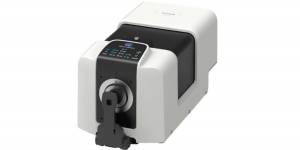

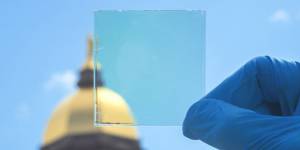

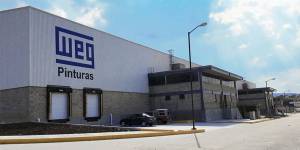

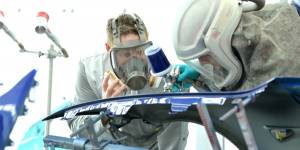















Leave your comment